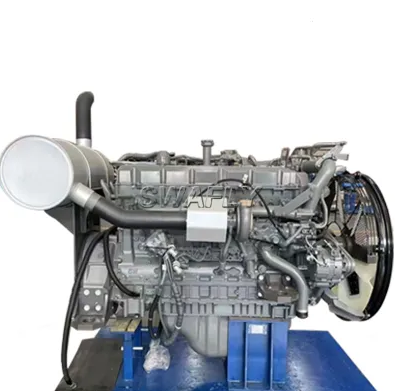How a Diesel Engine Works?
Time:
2023-05-11
A diesel engine is an internal combustion engine that operates on the principle of compression ignition.
A diesel engine is an internal combustion engine that operates on the principle of compression ignition. Unlike gasoline engines that rely on spark plugs to ignite the fuel-air mixture, diesel engines compress air in the cylinder to a high enough temperature that it causes the diesel fuel to ignite spontaneously. This combustion process drives the piston, which converts the pressure into rotational motion, ultimately powering the vehicle or machinery.

SY335 ZAX330 ZAX350 Diesel Engine 6HK1
Let's take a closer look at how a diesel engine works.
Intake Stroke
The first stroke in the four-stroke cycle of a diesel engine is the intake stroke. As the piston moves downward, the intake valve opens, allowing air to enter the cylinder. Unlike gasoline engines, diesel engines do not mix fuel with air during this stroke. Instead, they only draw in fresh, oxygen-rich air.
Compression Stroke
In the compression stroke, the piston moves back up, compressing the air in the cylinder. This compression raises the temperature of the air to around 500-700 degrees Celsius (932-1292 degrees Fahrenheit), which is significantly higher than the ignition temperature of diesel fuel. The compression ratio in a diesel engine is much higher than that of a gasoline engine, typically ranging from 15:1 to 25:1. This high compression is essential for the spontaneous ignition of the diesel fuel.
Injection of Diesel Fuel
Just before the compression stroke reaches its peak, fuel injection begins. Diesel fuel is injected into the cylinder in a fine mist or spray pattern through the fuel injector. The fuel injector atomizes the fuel, breaking it down into tiny droplets for efficient combustion. The fuel injector is precisely timed to inject the fuel at the right moment for ignition, which is usually a few degrees before the piston reaches the top of its compression stroke.
Combustion Stroke
When the injected fuel comes into contact with the hot, highly compressed air in the cylinder, it instantly ignites. This spontaneous combustion is due to the high temperature and pressure created during compression. As the fuel ignites, it rapidly burns, releasing a large amount of energy in the form of expanding gases. The pressure generated by this combustion forces the piston back down, creating power.
Exhaust Stroke
The final stroke in the cycle is the exhaust stroke. As the piston moves back up, the exhaust valve opens, and the combustion gases are expelled from the cylinder into the exhaust system. The piston pushes the exhaust gases out of the cylinder, making room for the fresh air in the next intake stroke. The exhaust gases then flow through the exhaust manifold and out through the tailpipe.
Repeat Cycle
The four strokes (intake, compression, combustion, and exhaust) complete one cycle. In a typical diesel engine, these strokes occur in each cylinder simultaneously, but in a sequential manner, allowing for a continuous power output. The crankshaft, connected to the pistons, converts the reciprocating motion of the pistons into rotational motion, which drives the vehicle or machinery.
Diesel engines are known for their efficiency, durability, and high torque output. They are commonly used in heavy-duty applications such as trucks, buses, construction equipment, and marine vessels. The compression ignition process and the properties of diesel fuel contribute to the robustness and fuel efficiency of diesel engines, making them a popular choice in various industries worldwide.
It's worth noting that modern diesel engines often incorporate advanced technologies, such as turbocharging, common rail fuel injection, and electronic engine management systems. These technologies further optimize fuel combustion, improve power output, reduce emissions, and enhance overall engine performance. For more information, please contact us. We will provide professional answers.
More News









